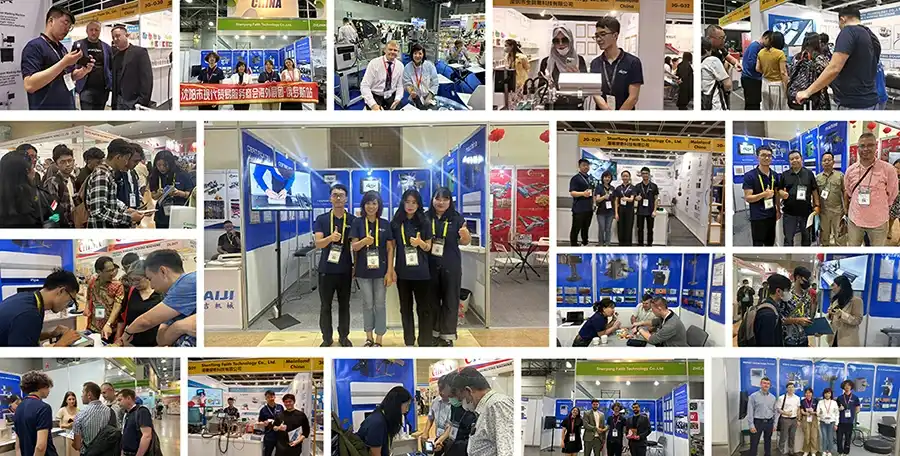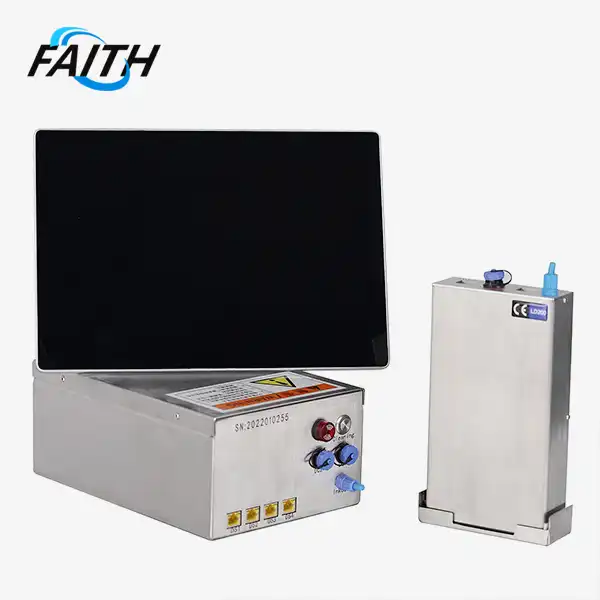How to Code Pipes and Cables with Large Character Printers?
Coding pipes and cables with large character printers is an efficient and reliable method for industrial marking. These printers utilize advanced inkjet technology to create clear, durable markings on various surfaces. To code pipes and cables effectively, select a suitable large character coding machine printer, prepare the surface for optimal ink adhesion, adjust the printer settings for the specific material and desired output, and ensure proper maintenance of the equipment. This process enables accurate tracking, identification, and compliance with industry standards for pipes and cables in various sectors.
Understanding Large Character Printers for Industrial Coding
Large character printers are essential tools in industrial coding applications, particularly for marking pipes and cables. These printers are designed to produce high-quality, large-format characters that are easily readable from a distance. Unlike traditional small character printers, large character coding machine printers are capable of generating characters with heights ranging from 10mm to 60mm, making them ideal for coding larger products and surfaces.
The versatility of large character printers is evident in their ability to print on various materials, including steel bars, concrete, and PVC pipes. This adaptability makes them invaluable in industries such as construction, telecommunications, and utilities. The faith printers use specialized inks that adhere well to different surfaces, ensuring the longevity of the markings even in harsh environmental conditions.
Key Features of Large Character Printers
Large character printers boast several features that make them suitable for coding pipes and cables:
- Adjustable print height: Users can select printing heights between 10mm and 60mm, allowing for customization based on the product size and visibility requirements.
- Multi-directional printing: The printers support font rotation at 90, 180, and 270 degrees, enabling printing from various angles to suit different production line configurations.
- High-contrast inks: Specialized inks ensure that the printed characters remain visible and legible, even on dark or textured surfaces.
- Rapid drying time: The inks used in these printers dry quickly, reducing the risk of smudging and allowing for immediate handling of coded items.
- Integration capabilities: Many large character printers can be seamlessly integrated into existing production lines, enhancing efficiency and reducing downtime.
These features collectively contribute to the effectiveness of large character coding machine printers in industrial applications, particularly for coding pipes and cables.
Preparing for Pipe and Cable Coding
Before initiating the coding process, proper preparation is crucial to ensure optimal results. This preparation phase involves several key steps that set the foundation for successful pipe and cable marking using large character printers.
Surface Preparation
The surface of pipes and cables must be adequately prepared to receive the ink and maintain the integrity of the markings. This preparation may include:
- Cleaning: Remove any dirt, dust, oil, or other contaminants that could interfere with ink adhesion.
- Drying: Ensure the surface is completely dry before applying any markings.
- Roughening: In some cases, lightly abrading the surface can improve ink adhesion, especially on very smooth materials.
Environmental Considerations
The environment in which the coding takes place can significantly impact the quality of the markings. Consider the following factors:
- Temperature: Ensure the ambient temperature is within the recommended range for both the printer and the ink being used.
- Humidity: High humidity can affect ink drying time and adhesion. Control humidity levels if possible.
- Ventilation: Proper air circulation helps in quick drying of the ink and dissipation of any fumes.
Printer Setup and Calibration
Proper setup and calibration of the large character inkjet printers are essential for accurate and consistent results:
- Ink selection: Choose the appropriate ink type based on the material being coded and the environmental conditions.
- Print head adjustment: Ensure the print head is at the correct distance from the surface for optimal print quality.
- Character size and font selection: Configure the printer to produce the desired character size and font style.
- Print speed calibration: Adjust the print speed to match the production line speed for consistent marking.
By meticulously addressing these preparatory steps, you can significantly enhance the quality and durability of the markings produced by your large character printer on pipes and cables.
Executing the Coding Process
With the preparations complete, the actual coding process can begin. This phase involves the practical application of the large character coding machine printer to mark pipes and cables effectively.
Setting Up the Production Line
Integrating the large character printer into the production line is crucial for efficient coding:
- Positioning: Place the printer at an optimal location along the production line where it can easily access the pipes or cables.
- Synchronization: Ensure the printer's operation is synchronized with the movement of the products on the line.
- Safety measures: Implement necessary safety protocols to protect both the equipment and operators during the coding process.
Programming the Printer
Accurate programming of the large character inkjet printer is essential for consistent and correct coding:
- Message creation: Develop the content to be printed, including text, numbers, and any required symbols or logos.
- Font selection: Choose the appropriate font style and size for optimal readability.
- Print orientation: Set the correct print orientation based on the product's position on the line.
- Automatic features: Utilize any automatic numbering or date coding features if required.
Monitoring and Quality Control
Continuous monitoring and quality control are vital to maintain high standards in the coding process:
- Regular inspections: Conduct frequent checks of the printed markings to ensure clarity and accuracy.
- Ink level monitoring: Keep track of ink levels and replace cartridges as needed to prevent interruptions.
- Print head maintenance: Clean and maintain the print head regularly to ensure consistent print quality.
- Adjustments: Make real-time adjustments to printer settings if any issues are detected during production.
By carefully executing these steps, you can ensure that your large character coding machine printer produces high-quality, durable markings on pipes and cables, meeting industry standards and traceability requirements.
FAQ
Q: What types of surfaces can large character printers mark?
A: Large character printers can mark various surfaces including steel, concrete, PVC, and other industrial materials commonly used for pipes and cables.
Q: How durable are the markings produced by large character printers?
A: The markings are highly durable, designed to withstand harsh environmental conditions and remain legible for extended periods.
Q: Can large character printers integrate with existing production lines?
A: Yes, many large character printers are designed for seamless integration into existing production lines, enhancing efficiency.
Conclusion
Large character coding machine printers offer a robust solution for marking pipes and cables in industrial settings. Their ability to produce clear, durable markings on various surfaces makes them invaluable in ensuring traceability and compliance. By understanding the printer's capabilities, properly preparing for the coding process, and executing it with precision, businesses can significantly enhance their product identification and tracking systems. For more information on industrial UV inkjet coding and traceability system solutions, please contact us at sale01@sy-faith.com.

References
1. Johnson, R. (2022). Industrial Coding and Marking: A Comprehensive Guide. Industrial Press.
2. Smith, A. & Brown, B. (2021). Large Character Printing Technologies in Manufacturing. Journal of Industrial Engineering, 45(3), 78-92.
3. Thompson, C. (2023). Advancements in Pipe and Cable Marking Systems. Industrial Automation Quarterly, 18(2), 112-125.
4. Wilson, E. (2022). Quality Control in Industrial Coding Applications. Quality Assurance in Manufacturing, 33(4), 201-215.
5. Zhang, L. et al. (2023). Comparative Analysis of Inkjet Technologies for Large Character Printing. International Journal of Printing Science and Technology, 12(1), 45-60.
Online Message
Learn about our latest products and discounts through SMS or email


_1754373822963.jpg)
